Cisco CEO Chuck Robbins On AI, Splunk, And Why ‘The World Needs Companies That Care Today’
“I think a lot of the challenges in the world over the last five to 5-8 years had been a result of people feel that feeling left out and feeling like they haven’t had an opportunity, so to the extent we can help bridge that divide, I think we should,” Cisco CEO Chuck Robbins tells CRN. The tech leader also discussed partner opportunities in security, observability, collaboration and sustainability.
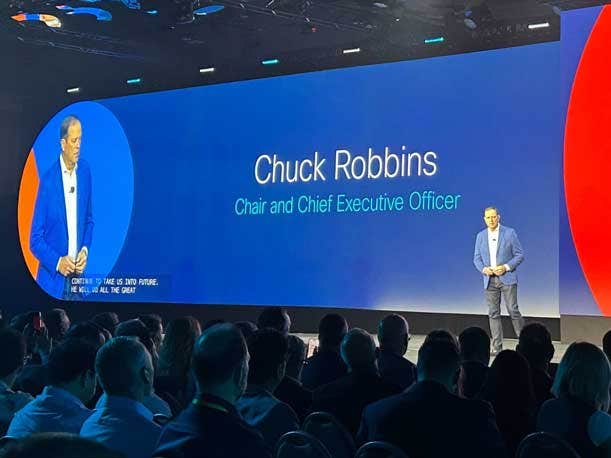
As the leader of one of the biggest networking giants that has gone through a couple of major transitions in recent years, Cisco CEO Chuck Robbins has been busy juggling a lot.
Cisco Systems several years ago announced that it would be shifting its legacy as a hardware-centric company to a software and services-focused tech behemoth. As of its latest quarterly earnings, Cisco’s total software revenue grew 17 percent, software subscription revenue rose 20 percent year over year and 85 percent of software sales were subscription-based, highlighting that its efforts are paying off and the company is indeed becoming one the largest providers of software, according to Cisco. Another major shift is toward becoming equally known for its security chops. Cisco has long been known for its networking portfolio, but the company had a number of point security solutions that have been unified under a platform approach — Cisco Security Cloud — to the security market over the last year and a half. Now, Cisco is attributing its increasing strength in security to its unified approach to security management and its platform play.
But that’s not all. Now, there’s a whole new set of priorities on top of the company’s existing efforts around AI, sustainability, and the impending Splunk acquisition.
Robbins sat down with CRN during Cisco Partner Summit 2023 to talk security, full stack observability, the opportunity for partners around AI, and of course, what the imminent $28 billion Splunk deal — Cisco’s biggest acquisition yet — will mean for the company and what partners can expect.
Here are excerpts from the conversation.
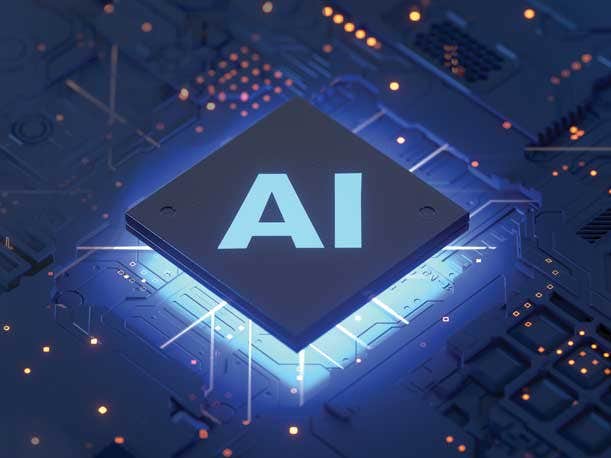
During your keynote, you said that 95 percent of businesses said they wanted an AI strategy, but only 14 percent actually felt ready for AI. What can partners do to capture that opportunity?
First of all, I think that’s actually a very natural place for our customers given the state of the technology. I think technology companies like Cisco and others, we’ve been able to move pretty quickly on it. I think there’s a huge opportunity for partners to just consult with customers around how to use AI to be more efficient in their operations to engage with their customers more effectively. And then also, what is the underlying infrastructure required to actually do these inference models or gain insights from different AI models, as well as, what are the security implications? What are the things you need to think about? So, it feels like it’s a broad-based opportunity that I think is going to just continue to evolve. I think we’re going to learn more and more about what that opportunity looks like over the next year.
How will the impending Splunk acquisition help Cisco double down on its AI-enabled security and observability plans?
The XDR (extended detection and response) platform is going to continue to have more and more AI and machine learning, helping to correlate threats more quickly for customers. And we’ve talked about moving from detection and response to prediction and prevention. And if you think about Splunk’s platform, it’s just massive data platform that has ingested lots of insights from different threat sources, logs [and] events. And I think when you put that together with the XDR platform, which is all utilizing AI, we should be able to give our customers the most rapid insights relative to what’s going on in their security and their infrastructure of anyone, and so I think that’s the big play there. And then obviously, independent of Splunk, I think across the board, the work they’re already doing and what we’re already doing bringing it together around natural language interfaces; these AI assistants, I think that just the data platform they have and the things that you’re going to be able to correlate — and it’s a trusted data platform, which is really important. There’s an assumption that it’s a pretty accurate assessment of what’s going on in your environment as well. So, I think you can feel comfortable as you launch these assistants that based on the algorithms that they’re giving you valid information about what’s happening in your infrastructure.
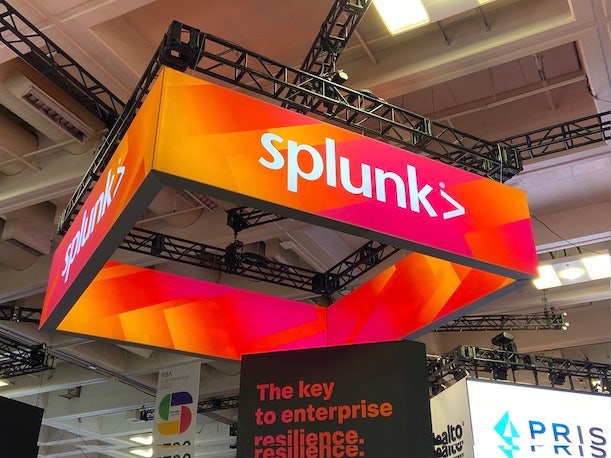
Do you see Cisco, with Splunk, competing and winning over customer perception in the security space?
Oh, for sure. I had several partners this week telling me that if you look at the innovation that we’ve been delivering over the last nine months, and then you combine that with Splunk’s Platform, and then our platform will top, it’s going to give us a real differentiated solution. I think most importantly, though, our customers need it. We talk about the competitive differentiation and all that stuff, but the reality is that customers are really struggling with the amount of data, the number of vendors, and some of our biggest customers have been telling me for two to three years: “I can’t throw more people at this. I can’t. And I can’t correlate all this information fast enough, I have to get to a platform.” And so, it’s really important for the industry to come together and actually agree that we’re going to feed threat intelligence into different platforms. And I thought that was one of the big breakthroughs with XDR. While we have a ways to go to get more and more data sources into it, it was great to see even some of our competitors acknowledged that this is good for the industry, it’s good for our customers. Splunk already has a huge head start on getting all that data ingested, so we think it’s good for customers.
How can partners help tie together security and networking into a cohesive message for their customers as a differentiator in the market?
We’ve seen this transition with customers over the years when we integrated voice onto the IP network. The voice organization and the network organization were completely different and there’s always this cultural clash that occurs. I think, in today’s world, though, it’s much more feasible. And it’s much more understood by customers when these things are happening, and especially when security is involved. So, I think customers are naturally going to bring us stuff together, but I think partners can absolutely help them. I think as we continue to integrate our security and networking capabilities into solutions for customers, I think it’s going to become more obvious to them that they’ll have to be together as opposed to what we’ve seen historically.
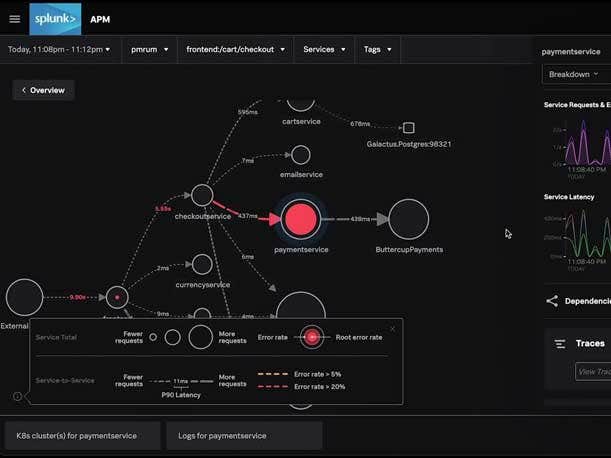
With Cisco Security Cloud, Networking Cloud, and now, the Cisco Observability Platform, is Cisco trying to tell a platform story across its entire product line?
It’s a big move for us. You’ve got the Networking Cloud, you’ve got Security Cloud, you’ve got effectively an Observability Cloud. Ultimately, what we’ll do is we’ll just continue to bring those together with a single interface and a single capability. [With] Networking Cloud, the first iteration of it is an easy to navigate, single sign on access to multiple platforms that exists today, and we’ll just continue to consolidate those over time so that it becomes simpler and simpler, but it’s certainly a lot better today and it’s going to give our customers a lot of insights and the ability to really look at their infrastructure more holistically.
How important are partners to Cisco full-stack observability vision?
They’re incredibly important because if you think about what customers are doing with their applications today — I shouldn’t go there, but I was writing code in the 80s, and the fundamental architecture of applications is not different than what it was back then. But instead of being completely integrated, in that case, in an IBM mainframe as an example, now, all these different modules are just distributed across your infrastructure. So, the security and the observability needs for customers — you’ve got API risk, where’s the performance problem? What what’s causing my customers to actually abandon their carts because something’s going on in the infrastructure? Where’s that problem and I have to get there quickly. I think first of all, Liz [Centoni, EVP and GM of applications and chief strategy officer for Cisco] and the team have done an amazing job with AppDynamics and really bringing it forward, as well as integrating it with Talos [Cisco’s threat intelligence team] and ThousandEyes And over time, you’ll see it’s going to just be a big play because the network insights and the ThousandEyes insights and Catalyst and Meraki and all that stuff coming together, particularly when Splunk comes on board, we will have the ability to monitor and identify challenges with applications, much like we were talking about with cybersecurity, faster than anybody else. And customers need to understand how to how to get that rolled out. And so, getting started today, I think is a huge opportunity for partners. Again, we talk about these five big areas that we think we can help customers — we being our partners and Cisco — and that application observability is one of the biggest ones we think, and this is going to be there for years. There’s a multi-year journey for customers to rebuild their entire application architecture.
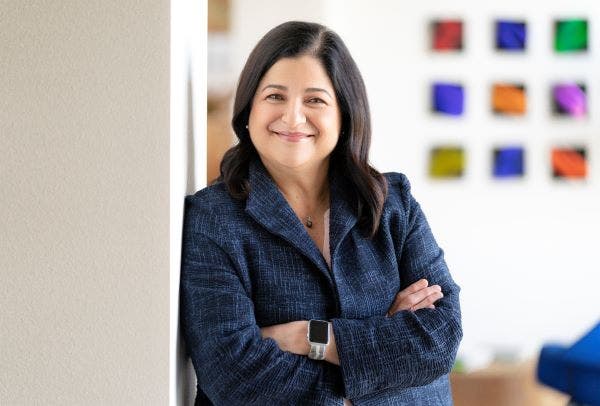
Last year at Partner Summit you mentioned that Cisco wasn’t operationally ready when you first rolled out the Everything-as-a-Service strategy. Where does that stand today?
Maria Martinez (pictured) [Cisco’s chief operating officer] has made a ton of progress. We just launched a few months ago hardware as a subscription. We launched it across our video end units first. So, I think that we need to continue to pilot it and evolve and build it. But we’re a lot further ahead further along and I think that I don’t think that’ll be an issue twelve months from now.
I think if you really go back right after the pandemic, I started talking about [how] I believe customers were going to start consuming technology as a service. We started looking at branding everything around the Cisco Plus brand. I would say is that it’s become more pervasive across the entire portfolio, [Centoni at Partner Summit] talked about [full stack observability] FSO being added to MSLA, which is our managed services licensing agreements so that can be delivered as a service. So, it’s not necessarily us delivering as a service, I think it’s sort of evolved to: We need our partners. In many cases, the partners will actually add value to the technology and deliver that service themselves. So, I think it’s sort of morphed into a broader managed services view. Offering a consumption-based version of compute is interesting and we can do that. But the real focus is around taking the technology and integrating it into services that deliver business outcomes for the customer. So, I’d say it’s kind of morphed into that over the last couple of years and that’s just showing up all over the place, and it’s not always particularly branded Cisco Plus everywhere, which I why you might not necessarily hear about it.

With post-pandemic collaboration refresh cycles coming up, how can Cisco and its partners get Webex into the hands of more customers?
I think that customers have come to realize that they have multiple use cases for collaboration. Even if we’re just talking about meetings, they have multiple use cases. They have internal employee-to-employee stuff that they may say: “Look, we can use a certain tool that may not be as high quality, but it works.” And then when I’m interfacing with my customers or my partners, I may need a much higher quality, secure experience that has more features. Or, if I’m doing large events, I need a whole other platform. So, I think customers are actually beginning to see that in certain cases, they need multiple platforms — they need two different two or three different options. We have had a lot of competitive flips given the work that the teams have done. Our customers have so much on them right now that if they have something that’s working, it’s more difficult to get their attention on this given everything else they’re focused on. But I think when customers understand the true difference between the platforms and the capabilities, I think it will make a difference. And I do think the partner should be spending time at least making sure that customers are aware because it may be six months from now when they decide to look at it again, but we need to educate customers and we can’t let them continue to believe that all these platforms are just the same because they’re not.
I think Jeetu [Patel, Cisco’s EVP and GM of security and collaboration] and the team made an incredible strategic decision. And the one thing I love about Satya [Nadella, Microsoft CEO] is he wants to he wants to do the best thing, the right thing for the customer too. He and I talked early on about collaboration interoperability. And we had done it at certain levels within Webex and others but the work that they did to get native Teams integration into our devices was really fantastic and customers really appreciate that.

Cisco has many sustainability-minded features baked into its products, but what do you want partners to know about the company’s overarching sustainability strategy?
You saw sort of a first pass at this [at Partner Summit] but it’s something that we have had different businesses, different engineering teams working on making sure that we can get the insights. Then what you’ll see is an umbrella strategy and an umbrella platform that will emerge where you can actually look at this stuff holistically across your entire infrastructure, and it’s all via APIs. So, it’s not like the work that’s being done obviates that capability in the future, but sometimes you’ve got to let the teams move fast, as it’s done architectural in a way where you can pull it together, and I think that’s what’s happened. Customers are really, really favorable on the work that’s being done. Thirty-seven percent of emissions are coming from buildings, so if I can make my buildings more efficient, the data centers and the technology, there’s just so much low hanging fruit on this. And candidly, technology — infrastructure has been sitting out there for eight or nine years is not your friend when it comes to sustainability. We’ve always tried to build lower power consumption, higher performance, but it’s taken on a new level of prioritization over the last three to five years, I think. And so now there’s a deep engineering focus on energy usage, even down to how you write software so that you have you optimize CPU utilization, which then optimizes energy consumption. There’s all these [use cases] about the school systems that are on the Meraki platform are optimizing [energy use] when they’re not in use. Those are basic use cases that we can implement everywhere. I think, over the next 6, 12, 18, 24 months, you’re going to see that just come together more and more. The teams have made a lot of progress I’m really proud of.
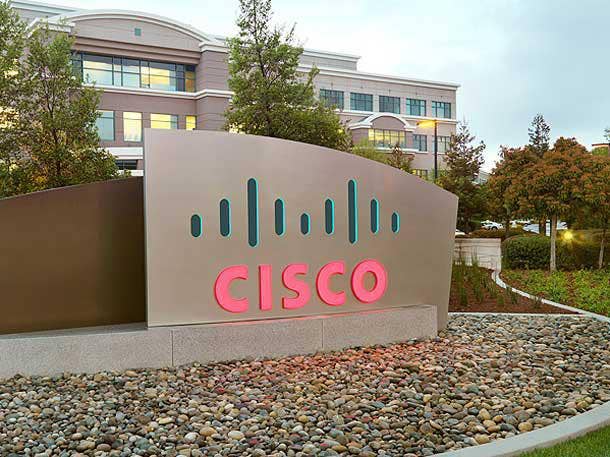
Cisco has weighed in on recent wars, conflicts, and social justice issues. Why is it so critical to Cisco’s mission to go beyond technology and to also encompass these initiatives?
Our purpose is to power an inclusive future for all and if you step back and say: “Why do companies need to care about our communities and all these things? The world needs companies that care today. We need to be responsible relative to how we use technology, and I mean every tech company. So, we need to start with that. And we need to think about the societal implications of all of our technology. And then further to that, when you think about powering an inclusive future for all, it’s just simply, we want people to have opportunity. And our fundamental conductivity layer brings people into the global economy. So, there’s billions of people all around the world who still aren’t connected. As we get them connected, you can then educate them, you can deliver some aspects of health care, some cases, they may be able to do their jobs from where they are, remotely. And so, we think that this is good for everybody — it’s good for society. And I think a lot of the challenges in the world over the last 5-8 years had been a result of people feeling left out and feeling like they haven’t had an opportunity, so to the extent we can help bridge that divide, I think we should. It’s less about the names of these initiatives. For us it’s about creating inclusive opportunities for everybody.